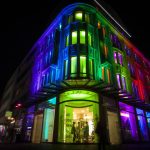Maximizing Growth: Choosing the Right LED Light for Your Plants
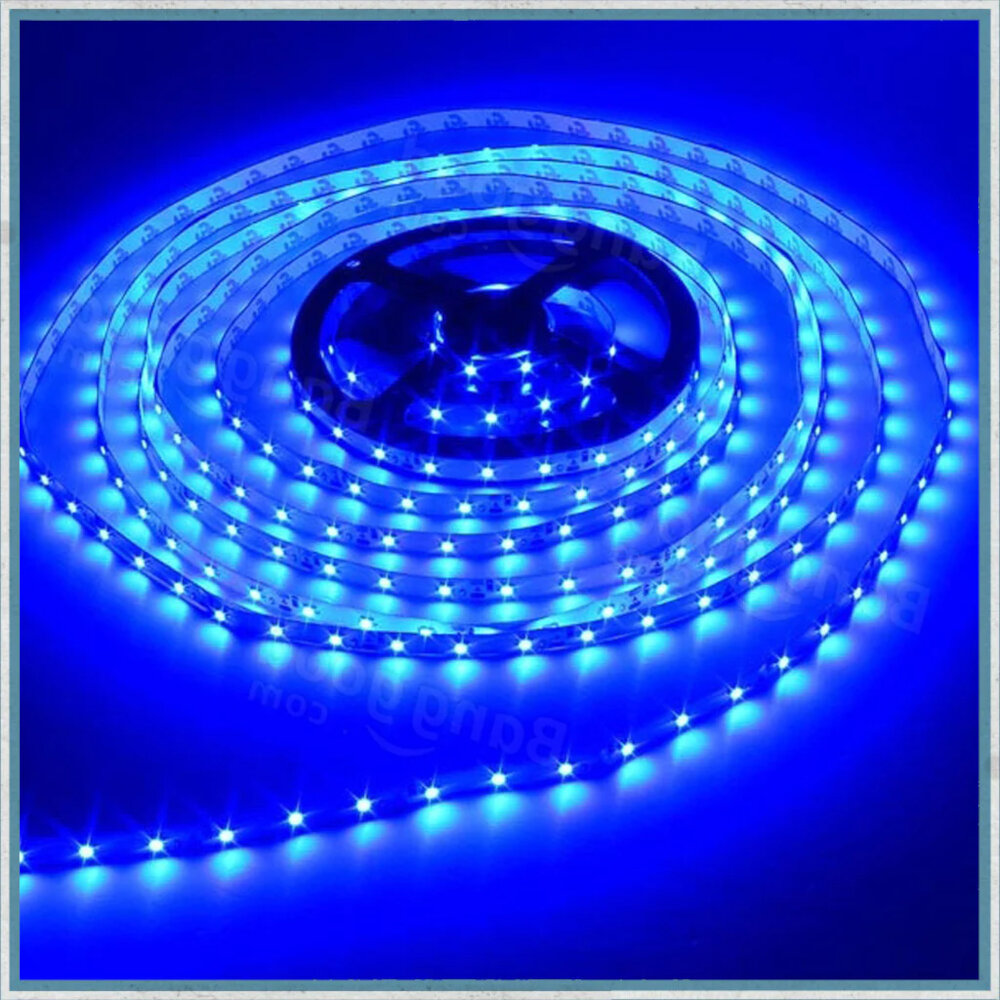
When it comes to growing plants, choosing the right lighting is crucial for their growth and overall health. With the rise of LED technology, it has become increasingly popular among indoor gardeners due to its efficiency and cost-effectiveness. However, with so many options available in the market, it can be overwhelming to decide which LED light is best suited for your plants. In this article, we will explore the various factors that you need to consider when selecting an LED light for your plants to ensure maximum growth and yield. One of the most significant advantages of LED lights is that they emit light in specific wavelengths, which can be tailored to the needs of the plants. This means that you can select an LED light that provides the optimal spectrum of light for your plants, which in turn helps to promote photosynthesis and other essential processes. Additionally, LEDs are energy-efficient and have a longer lifespan compared to traditional lighting sources like incandescent or fluorescent bulbs, making them a more sustainable choice for indoor gardening. In the following sections, we will delve into the different factors that you need to consider when selecting the right LED light for your plants.
Choosing the right LED light for plant growth is of utmost importance as it significantly determines the growth and yield of plants. Light is a primary requirement for photosynthesis, which is the process of converting light energy into chemical energy to fuel plant growth. The right LED light provides the correct spectrum of light that plants require for optimal growth and development. LED lights are energy-efficient and can be customized to provide specific light wavelengths, intensities, and durations, making them the ideal choice for indoor plant growth. The right LED light can increase plant yield, improve plant quality, and shorten growth cycles, leading to more productive and efficient plant growth. Therefore, selecting the right LED light is crucial for any indoor plant growth setup.
LED lights, or Light Emitting Diodes, are a type of lighting technology that use semiconductors to convert electrical energy into light. They are known for their energy efficiency, long lifespan, and ability to produce a wide spectrum of light. LED lights are becoming increasingly popular for indoor gardening and plant growth, as they can be tailored to provide the specific wavelengths of light that plants need for photosynthesis and growth. They also produce less heat than traditional lighting methods, reducing the risk of plant damage or fire. With a wide range of options available, it is important to choose the right LED light for your specific plant growth needs.
Understanding the Basics of LED Grow Lights
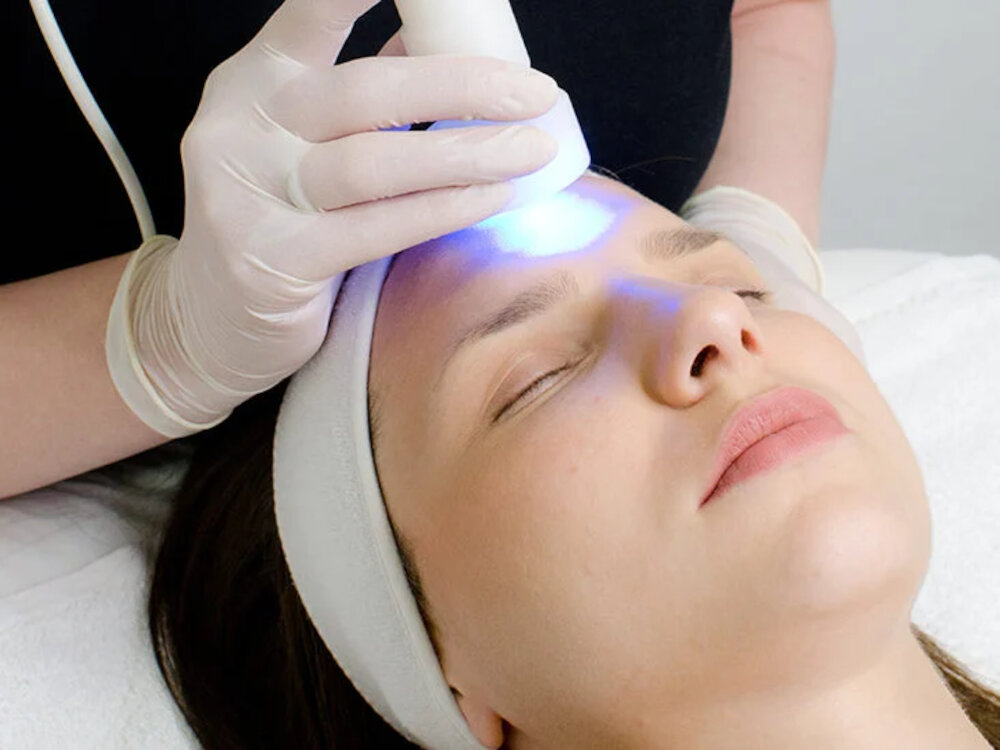
LED grow lights have become increasingly popular among indoor gardeners due to their energy efficiency, durability, and ability to produce high yields. However, understanding the basics of LED grow lights is essential to maximize plant growth and ensure healthy harvests. LED grow lights are designed to mimic the natural sunlight spectrum, which includes blue, red, and white light wavelengths. Blue light is essential for vegetative growth, while red light promotes flowering and fruiting. White light is a combination of blue and red light and is necessary for overall plant health. LED grow lights also emit less heat than traditional lighting sources, making them ideal for small spaces and reducing the risk of heat damage to plants. When choosing LED grow lights for your plants, it is important to consider the wattage, PAR output, and coverage area. Wattage refers to the amount of power consumed by the light, while PAR output measures the amount of light that is usable by plants. Coverage area refers to the amount of space that the light can effectively cover. The ideal wattage, PAR output, and coverage area will vary depending on the type and stage of plant growth, as well as the size of the growing area. It is also important to choose LED grow lights from reputable brands that offer warranties and customer support to ensure the quality and longevity of the product. With the right LED grow lights and proper knowledge, indoor gardeners can maximize plant growth and achieve successful harvests.
LED lights can be an excellent choice for plant growth, as they offer a high degree of control over the light spectrum and intensity. Unlike traditional lights, which emit a broad spectrum of wavelengths that plants may not need, LED lights can be tailored to provide only the specific wavelengths that are most beneficial for photosynthesis and growth. For example, blue wavelengths are essential for vegetative growth, while red wavelengths are more important for flowering and fruiting. By choosing the right LED light for your plants, you can provide them with the exact spectrum and intensity of light they need to thrive, resulting in faster growth, higher yields, and healthier plants overall.
When it comes to LED lights, there are several types available to choose from. Full-spectrum LED lights are capable of emitting the entire light spectrum, which is beneficial for plants because they require different wavelengths for growth. Red and blue LED lights are also popular because they provide the specific wavelengths necessary for photosynthesis. Additionally, there are LED lights designed for specific stages of plant growth, such as vegetative or flowering. Some LED lights are also adjustable, allowing for customization of the light spectrum and intensity. It’s important to choose the right type of LED light for your plants in order to maximize growth and yield.
In the world of horticulture, the science of light has evolved dramatically in recent years. One of the most important measurements in this field is PAR, which stands for Photosynthetically Active Radiation. This refers to the total amount of energy in the visible spectrum that plants can use for photosynthesis. PPFD, or Photosynthetic Photon Flux Density, refers to the amount of PAR that reaches a specific area per second. These measurements are critical for understanding the effectiveness of LED grow lights, as they allow growers to determine the amount and quality of light that their plants are receiving. By choosing the right LED light with optimal PAR and PPFD levels, growers can maximize the growth of their plants and achieve greater yields.
Factors to Consider When Choosing LED Grow Lights
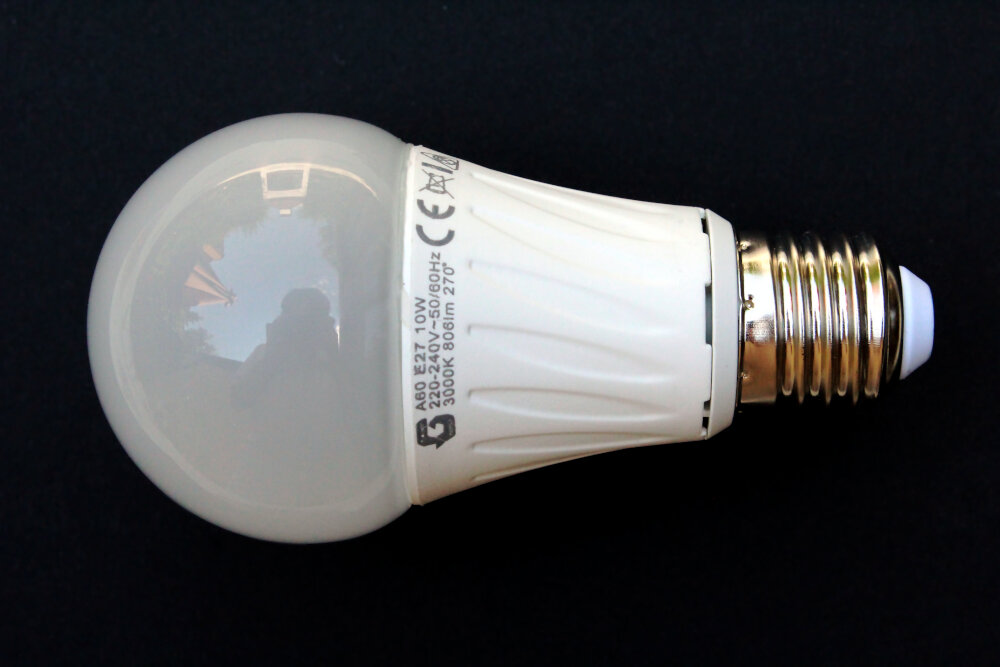
When it comes to indoor gardening, the importance of selecting the right LED grow lights cannot be overstated. LED grow lights are an essential tool that provides the required light spectrum for your plants to thrive. However, not all LED grow lights are created equal, and choosing the wrong one can lead to disappointment and failure. Therefore, there are several factors to consider when selecting the best LED grow lights for your indoor garden. Firstly, you need to consider the size of your growing area. The size of your grow room or tent will determine the number of LED grow lights you need. It is essential to choose LED lights that are appropriate for the size of your growing space. If you have a small growing area, you can opt for a single LED light that provides enough light for your plants. However, if you have a large growing space, you may need multiple LED grow lights to ensure that all your plants receive adequate light. Therefore, it is essential to measure the size of your grow room and choose LED grow lights that are appropriate for the space.
Different plant species have varying light requirements, and it is essential to match the right light intensity and duration with each plant type to maximize growth. Some plants, such as succulents, require bright light for at least six hours a day, while others like ferns and snake plants thrive in low to medium light conditions. It is also important to note that plants have different color spectrums that they respond to, and different LED lights can provide these spectrums. For instance, blue light is suitable for promoting vegetative growth, while red light helps in flowering and fruiting. By selecting the right LED light for your plant species, you can ensure that they receive the optimal amount of light and grow to their full potential.
The size of your grow space is a crucial factor to consider when selecting an LED light for your plants. The larger the area, the more powerful the light should be to ensure even coverage and optimal growth. It is essential to measure the height, width, and depth of your space accurately to determine the appropriate wattage and coverage area required for the LED light to penetrate through the plant canopy. A larger grow space may also require multiple LED lights to achieve the desired intensity and spectrum of light. Therefore, it is imperative to choose an LED light that matches the size of your grow space to maximize your plant growth potential.
When it comes to choosing the right LED light for your plants, budget considerations play an important role. While investing in high-quality LED lights can significantly enhance the growth and yield of your plants, it may not always be feasible for everyone. Therefore, it is crucial to strike a balance between quality and affordability. Consider factors such as the size of your grow space, the number of plants you plan to grow, and the type of plants you want to cultivate. Researching different LED light options and their features can also help you determine the most cost-effective choice for your specific needs. Ultimately, finding the right LED light that fits your budget while still delivering optimal growth results can be a challenging but rewarding process.
When it comes to indoor gardening, energy efficiency and durability are critical factors that can make a significant difference in the overall success of your plants. Choosing LED lights that are energy-efficient will not only save you money on your electricity bill but will also reduce your carbon footprint. Additionally, durable LED lights will ensure that your plants receive consistent and reliable light, which is essential for their growth and development. Investing in high-quality LED lights that are both energy-efficient and durable will provide your plants with the optimal lighting conditions they need to thrive while also being kind to the environment.
Top LED Grow Lights on the Market
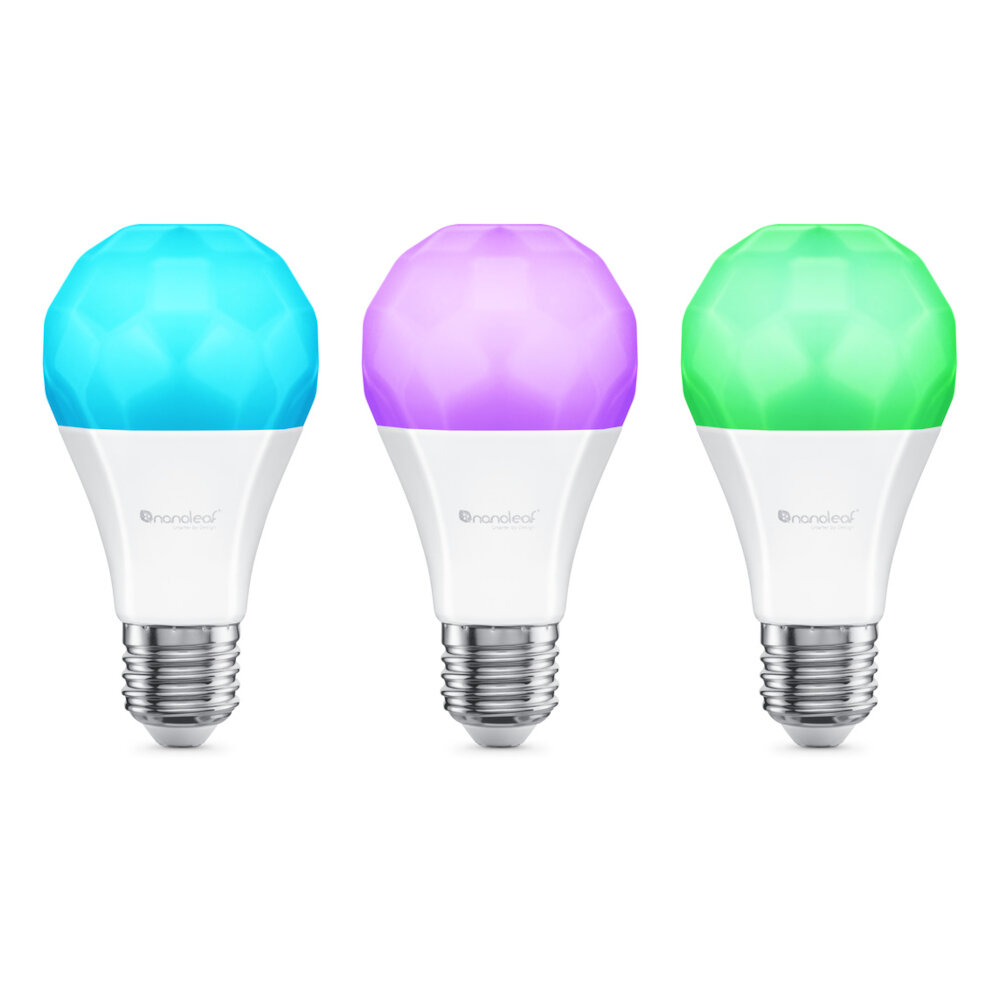
When it comes to indoor gardening, LED grow lights are an essential tool for maximizing plant growth. With so many options on the market, it can be overwhelming to choose the right one. Here are two top LED grow lights that have proven to be effective and reliable. The first is the Spider Farmer SF-4000 LED Grow Light. This light is perfect for a 4×4 grow tent and provides full-spectrum lighting for all stages of plant growth. Its high energy efficiency and low heat output make it an excellent choice for those looking to save on electricity and avoid excessive heat buildup in their grow space. The Spider Farmer SF-4000 also comes with a dimming knob, allowing growers to adjust the light intensity according to the needs of their plants. With a lifespan of up to 100,000 hours, this grow light is a long-lasting investment for indoor gardeners. Another top LED grow light is the VIPARSPECTRA XS1000 LED Grow Light. This compact light is perfect for smaller grow spaces and provides full-spectrum lighting with a PAR output of 2.7 umol/J. The VIPARSPECTRA XS1000 is also energy-efficient and produces minimal heat, making it ideal for those who want to save on electricity and avoid excessive heat buildup in their grow area. Its dimming feature allows growers to adjust the light intensity according to the needs of their plants, and its lifespan of up to 100,000 hours makes it a reliable choice for long-term use.
When it comes to maximizing growth and choosing the right LED light for your plants, there are a variety of options on the market. Some of the top LED grow lights include the Spider Farmer SF-4000, which boasts a high output and low energy consumption, making it a great option for those looking to save on electricity costs. Another popular choice is the Viparspectra XS2000, which has a full spectrum design and provides ample coverage for larger grow areas. The Mars Hydro TS 1000 is also a great option for those on a budget, as it provides high-quality lighting without breaking the bank. Ultimately, the best LED grow light for your plants will depend on your specific needs and the type of plants you are growing.
When it comes to selecting the right LED light for your plants, it’s important to understand the difference between features and benefits. Features refer to the specific characteristics of the light, such as wattage, color spectrum, and size. On the other hand, benefits explain how those features will improve the growth and health of your plants. For instance, a light with a full spectrum of colors will provide your plants with all the necessary wavelengths for photosynthesis, leading to healthier and more productive growth. Similarly, a higher wattage light will give your plants more energy to grow and flower. Therefore, it’s crucial to consider both the features and benefits when selecting an LED light for your plants to ensure maximum growth and yield.
One of the pros of using LED lights for plant growth is that they are energy-efficient and long-lasting. LEDs consume less energy than traditional lighting sources, which can result in significant cost savings over time. Additionally, they have a longer lifespan, which means less frequent replacements and less waste. Another advantage is that LED lights can be customized to provide the specific spectrum of light that plants need for optimal growth. However, one of the cons is that LED lights can be more expensive upfront than other types of lighting. Additionally, if not used correctly, the intensity and spectrum of LED lights can harm plants, leading to stunted growth or even death. It is essential to choose the right LED lights and use them correctly to see the benefits of these energy-efficient and customizable lighting sources.
Tips for Maximizing Plant Growth with LED Grow Lights
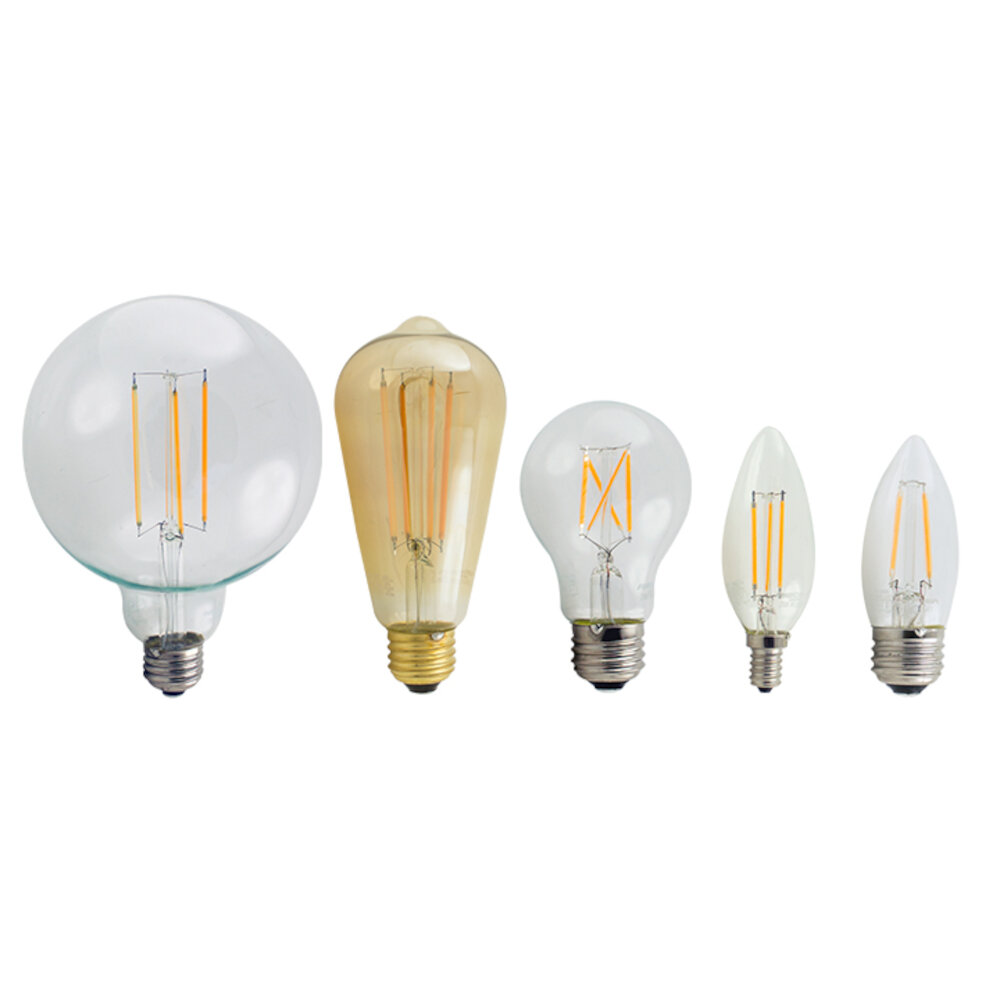
If you’re an indoor gardener or just looking for a way to maximize plant growth, LED grow lights are an excellent option. However, it’s important to choose the right type of LED grow light for your plants and to use it correctly to ensure optimal growth. Here are some tips to help you get the most out of your LED grow lights:Firstly, consider the color temperature of the LED grow light. Blue light is best for promoting vegetative growth, while red light is ideal for flowering and fruiting. Make sure you choose a grow light that has the appropriate color spectrum for the stage of growth your plants are in. Additionally, you should aim to provide your plants with at least 12-16 hours of light per day, as this will help stimulate growth and ensure healthy plants. Secondly, pay attention to the distance between the LED grow light and your plants. If the light is too close, it can cause heat stress and damage to your plants. On the other hand, if the light is too far away, your plants may not receive enough light to promote growth. As a general rule, keep your LED grow light 12-18 inches away from your plants. Lastly, make sure to regularly clean your grow light to prevent dust and debris from blocking the light and reducing its effectiveness. With these tips in mind, you’ll be well on your way to maximizing plant growth with LED grow lights.
Proper placement and distance from plants are crucial factors for maximizing growth when choosing the right LED light for your plants. It is important to consider the light intensity and coverage area of your LED light, as different plants require different levels of light exposure. Placing the LED light too close to the plants may cause them to burn or wilt, while placing it too far may result in insufficient light for growth. Additionally, it is essential to adjust the height and angle of the LED light as plants grow, ensuring they receive the necessary light exposure. By maintaining proper placement and distance from plants, you can optimize their growth and achieve healthy and vibrant foliage.
Adjusting light intensity and spectrum is crucial when it comes to maximizing plant growth. LED lights offer a wide range of options for growers to customize the light settings to fit their specific plant needs. By adjusting the intensity of the light, growers can control the amount of energy their plants receive, which can directly impact the growth rate and overall health of the plant. Additionally, adjusting the spectrum of the light can help stimulate different stages of plant growth. Blue light is typically used during the vegetative stage, while red light is used during the flowering stage. By using LED lights and adjusting the light intensity and spectrum, growers can create the ideal environment for their plants to thrive and reach their full potential.
Maintaining cleanliness and upkeep of LED lights is crucial for maximizing plant growth. Over time, dirt and dust can accumulate on the surface of the lights and reduce their effectiveness. To avoid this, it is important to regularly clean the lights using a soft cloth and a gentle cleaning solution. Additionally, it is important to regularly check the bulbs to ensure they are working properly and replace any that are burnt out. By taking these simple maintenance steps, you can ensure that your plants are receiving the full benefits of the LED lights and thriving to their full potential.
In summary, selecting the appropriate LED light for plant growth is crucial to ensure that plants receive the necessary light spectrum for photosynthesis, which ultimately leads to optimal growth and yield. Different plants have different light requirements, and LED lights with varying wavelengths can provide the necessary spectrum to cater to these needs. Additionally, the right LED light can also help reduce energy consumption and heat production, which can be harmful to plant growth. Hence, it is important to consider the plant’s requirements and select a LED light that provides the right intensity and spectrum to maximize growth and yield while minimizing energy consumption and heat production.
When it comes to selecting the best LED grow light for your needs, there are several factors to consider. First, determine the size of your growing space and the number of plants you want to grow. This will help you choose the appropriate wattage and coverage area for the LED grow light. Second, consider the light spectrum and intensity. Different plants have different light requirements, so be sure to choose an LED grow light that provides the right spectrum and intensity for your plants. Third, pay attention to the quality and durability of the LED grow light. Look for lights with high-quality diodes and durable construction to ensure they will last for multiple growing cycles. Finally, read reviews and do your research to ensure you are choosing a reputable and reliable brand. By following these recommendations, you can maximize the growth of your plants and achieve a bountiful harvest with the right LED grow light.
Conclusion
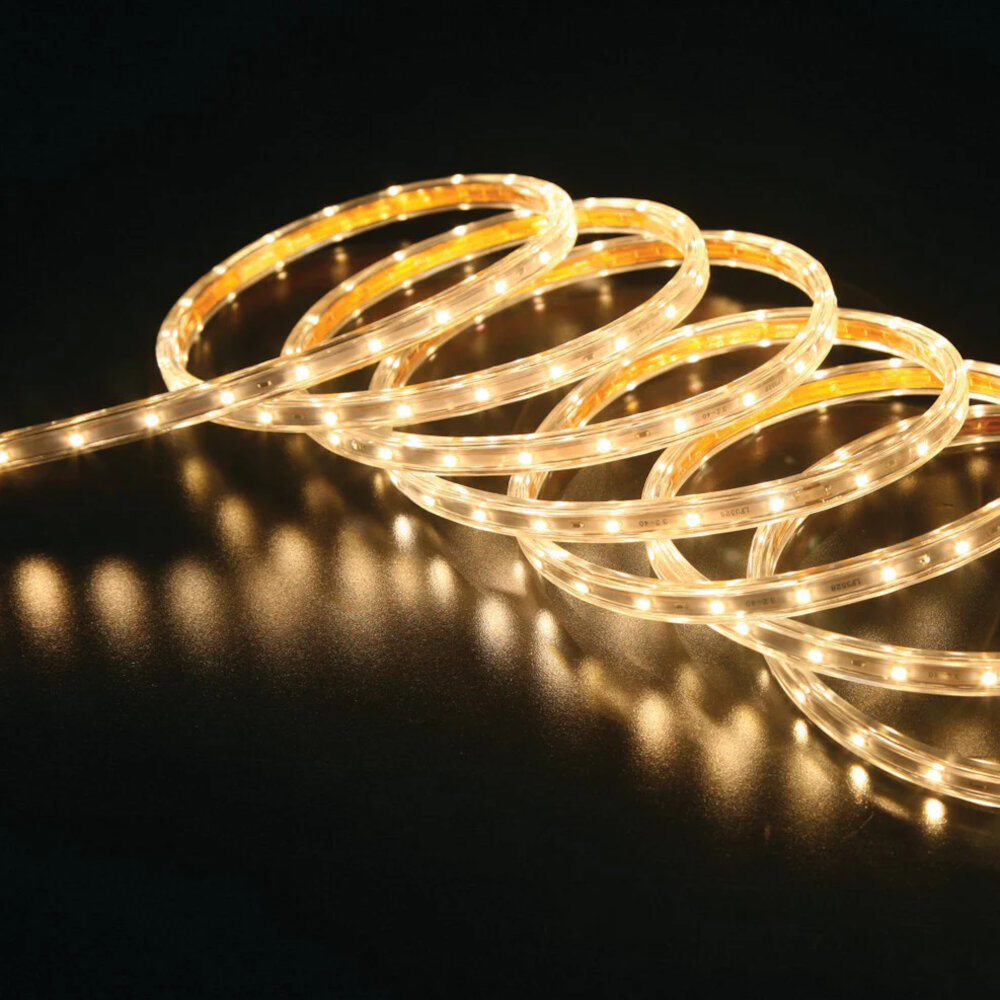
In conclusion, selecting the appropriate LED light for your plants is a crucial factor in maximizing their growth. It is essential to consider the light’s intensity, spectrum, and duration to ensure that your plants receive the optimum amount of light. By choosing the right LED light, you can enhance your plants’ photosynthesis process, resulting in healthier and more productive growth. Investing in a quality LED light is a wise decision that will pay off in the long run by providing your plants with the ideal growing conditions they need to thrive. So, make sure to do your research and choose the best LED light for your plants to achieve the desired growth and yield.


